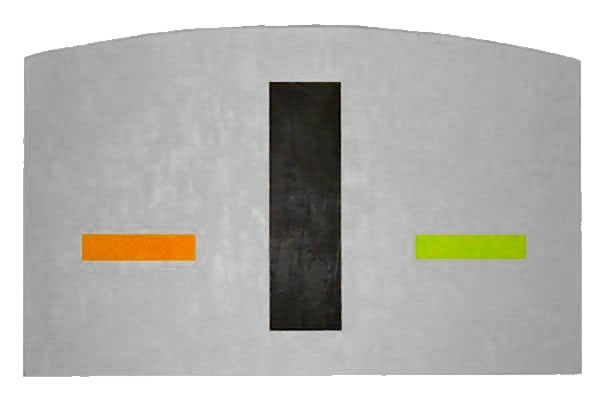Nicholas
Wilder: Was Contemporary Art Dealer in L.A.
By
Burt A. Folkart
Times Staff Writer
Nicholas
Wilder, who was considered Los Angeles' leading contemporary
art dealer when he left the city in 1979, died Friday of AIDS-related
causes at his home in New York City.
He
was 51, said Craig Cook, his longtime companion and business
associate. Wilder was an enigma even in the disparate world
of art, a genteel man of impeccable manners with a hippie bent
who burst upon the local scene in the 1960s, a time he recalled
in an interview last November as a "golden age."
Is it necessary to live in New York to achieve success as an artist,
and is New York art valued over Los Angeles art?
Suffered
From Dyslexia
Born
to a scientific family (his father had worked on the team that
developed Kodachrome), Wilder suffered from dyslexia as a boy
and turned from a verbal world to a visual one. It was a problem
he fought periodically throughout his life, noting even recently
that "I had to write a check with the word 'women' in
it. I spelled it 'wimmin.'" His enchantment with things
readily perceptible led him to the art world. The
verbal world remained almost an enemy.
"I
think the need to verbalize art sends you down the wrong path.
People today think in terms of their idea of what art ought
to be so you go in a restaurant and the painting on the wall
is not art but somebody's idea of what art ought to be."
His
youthful awkwardness reversed itself by high school, and by
the time Wilder entered Amherst he had become the best rather
than the worst student in his class. Being a guard at the university
museum and a projectionist for art history slide lectures were
among his college jobs, further heightening his art interests.
Although he decided to go to law school he said he wanted one that was in California
- a land of sleek cars and beautiful people.
But
once at Stanford University, he switched from law to art history.
Kodak Connection
At
24, he became a successful art dealer in San Francisco. Three
years later he came to Los Angeles where, because of his father's
background, he was rumored to be heir to the Kodak fortune.
He wasn't, but he didn't discourage the adoration, and the gallery
he set up on La Cienega Boulevard flourished. Wilder was a comparative
conservative in the wacky and undisciplined era of art in the 1960s.
He discovered such unknown artists as Bruce Nauman, Ron Davis,
Robert Graham and Tom Holland and made them known not only here
but in New York.
Even
in those early days he was selling $2 million worth of art
a year and importing such East Coast figures as Barnett Newman,
Helen Frankenthaler, Cy Twombly and others to supplement the
local talent he had discovered. Among that select group was
David Hockney.
"There
were about six galleries and 30 artists that counted,: he said
in The Times interview last year - an interview he interrupted
occasionally to take an anti-AIDS pill unsanctioned by the
Federal Drug Administration. "In those days, art was all
about art and artists. Now it's all about institutions and
money." During the 14-year life of his Los Angeles gallery
he estimated he made 100 trips abroad seeking and selling. "I
was an international pushcart peddler."
His
propensity toward drink and drugs - freely admitted habits
he eventually abandoned - led some to think of him as "the
Oscar Wilde of L.A. art." But those who knew him best,
particularly his artists, came away impressed with his modesty,
frankness, humor and the purity of his passion for art. He
seemed blessed with an ability to find gifted artists and home
in on their best works.
In
1970, he moved his gallery from La Cienega Boulevard to Santa
Monica Boulevard, a heart of the gay community, but his finances
fell into disarray.
In
1979, his best-known artists moved to the James Corcoran Gallery
and Wilder decided to leave Los Angeles. "Big name artists
were getting too expensive," he said with what at
the time seemed finality. But within a few years he had resurfaced, this time
not as an art dealer but as an artist.
He
was working in abstract assemblages, revealing in them the
influences of artists he had once represented." I don't
make enough to live from the painting, but I enjoy it so much,
if I can keep it going I will." But, he added, "I'm better off than
I was 10 years ago. My taxes are paid."
As
for his health, he acknowledged his AIDS affliction as he had
all his other problems, saying, "the bad news is that
I have AIDS. The good is that I am going to live to be 80."
Tell
everybody it was all right," he told the reporter toward
the end of the interview in his modest home overlooking the
Hudson River. "I don't feel cheated. I never have. My
whole life has been adventure and this is just one more."
Wilder
is survived by his mother, a sister and brother.
